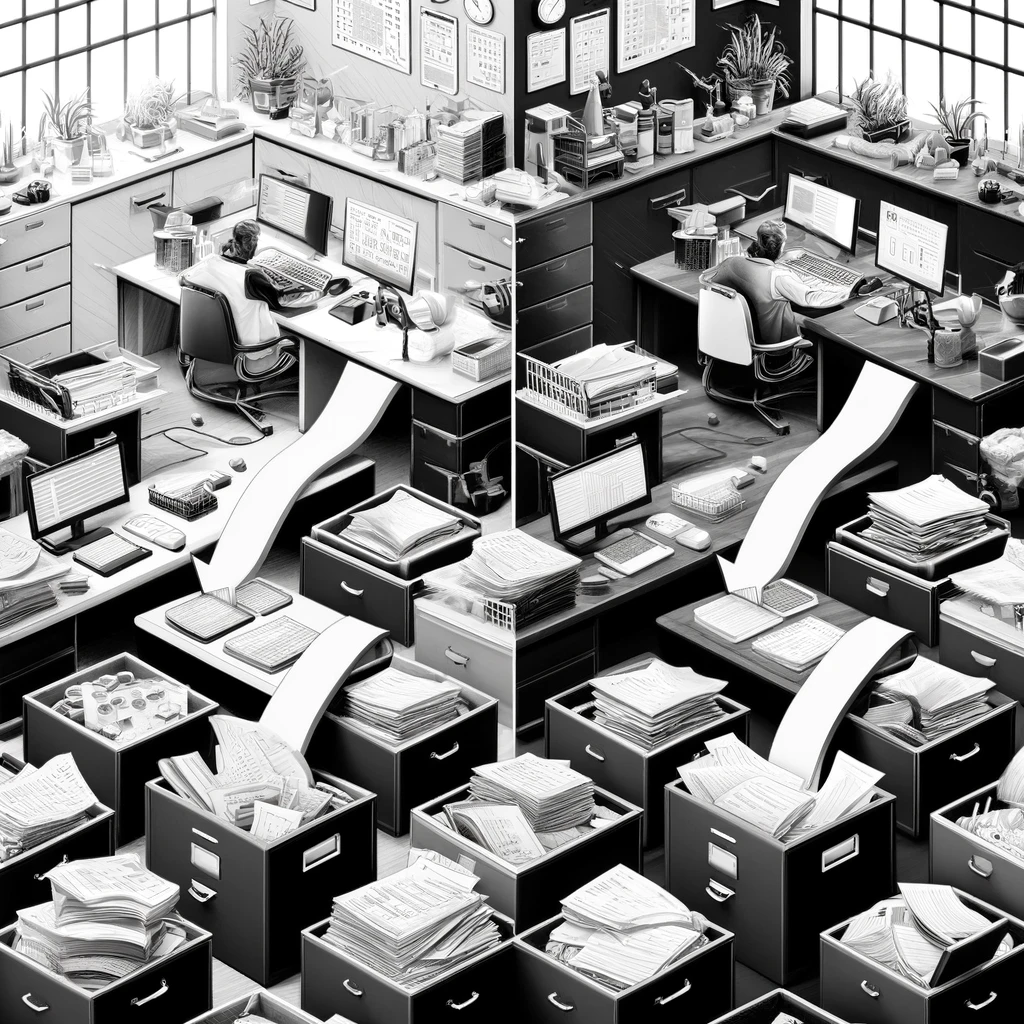Paper Tray Material Options
If you are in the market for a paper tray, it's essential to consider the various material options available. Plastic paper trays are a popular choice due to their lightweight nature, making them easy to move around and clean. Additionally, plastic trays come in various colors, allowing you to personalize your workspace to your liking.
Bamboo paper trays are a fantastic choice for those looking for a more sophisticated and eco-friendly option. Bamboo is a sustainable material known for its durability and sleek aesthetic. Choosing a bamboo paper tray adds a touch of elegance to your workspace and contributes to environmental conservation efforts.
Durability and Sustainability
When considering paper trays for your workspace, durability, and sustainability are key factors to keep in mind. Opting for paper trays made from high-quality materials ensures longevity and reliability in daily use. Choosing durable options minimizes the need for frequent replacements, ultimately saving resources and reducing waste. Additionally, selecting sustainable materials like recycled plastics or responsibly sourced wood aligns with eco-friendly practices, contributing to a greener environment.
Incorporating durable and sustainable paper trays into your workspace benefits the environment and promotes efficiency and organization. By investing in trays that withstand the demands of daily use, you ensure that your documents are stored securely and remain easily accessible when needed. Sustainability in office supplies is becoming increasingly important, and choosing paper trays that align with this principle reflects a commitment to responsible consumption and environmental stewardship.
Integrating Paper Trays into Workspaces
When it comes to integrating paper trays into workspaces, several strategies can help optimize the functionality and organization of your desk area. One effective approach is to consider the workflow of your daily tasks and place the paper trays in close proximity to where they are most needed. For example, if you frequently refer to physical documents while typing on your computer, having a paper tray next to your keyboard can streamline your work process and reduce unnecessary movement around the workspace.
Additionally, it can be beneficial to designate specific paper trays for different types of documents or tasks. This segmentation helps stay organized and enhances efficiency by allowing you to quickly locate the necessary papers without sifting through a jumble of mixed documents. By color-coding or labeling the trays accordingly, you can create a visual cue that simplifies the process of differentiating between various types of paperwork, contributing to a more systematic and structured workflow.
Space Optimization Strategies
When it comes to optimizing the space in your workspace, paper trays play a crucial role in maintaining organization and efficiency. Utilizing stackable paper trays can help maximize vertical space on your desk, allowing you to store different types of documents or materials neatly and orderly. These trays allow you to easily access important papers without cluttering your workspace and creating a chaotic environment.
Additionally, consider implementing color-coded or labeled paper trays to further enhance organization and workflow. By assigning specific colors or labels to each tray based on the type of documents they hold, you can quickly identify and retrieve necessary papers when needed. This simple yet effective strategy saves time and reduces the chances of misplacing or overlooking important documents, ultimately contributing to a more productive work environment.
Paper Tray Design Considerations
When considering the design of paper trays, it is essential to prioritize both aesthetics and functionality. The tray should not only complement the overall decor of the workspace but also be practical in design. Opt for a design that blends with the existing office setup while serving its purpose effectively. Sleek and modern designs often work well in contemporary work environments, adding a touch of elegance to the workspace.
Furthermore, it is important to consider the size and capacity of the paper tray. Choose a design that can accommodate the volume of paper typically used in the office to avoid overflow and clutter. Additionally, opt for a sturdy and stable design to prevent any mishaps or accidents. A well-designed paper tray should be not only visually appealing but also robust and reliable in holding and organizing papers efficiently.
Aesthetics and Functionality
To maximize the functionality of paper trays, aesthetics play a crucial role in creating a cohesive and visually appealing workspace. The design of paper trays should not only complement the overall office decor but also enhance the efficiency of organizing documents. Opting for a sleek and modern paper tray design can not only elevate the aesthetic appeal of the workspace but also inspire a sense of professionalism and organization among employees.
Functionality is another key aspect to consider when selecting paper trays for the office. The design should prioritize easy access to documents, quick retrieval, and seamless integration into existing office setups. Choosing paper trays with adjustable compartments, built-in organizers, and stackable features can significantly improve document management efficiency. By merging aesthetics with functionality, paper trays can effectively streamline workflow processes and contribute to a more productive work environment.

